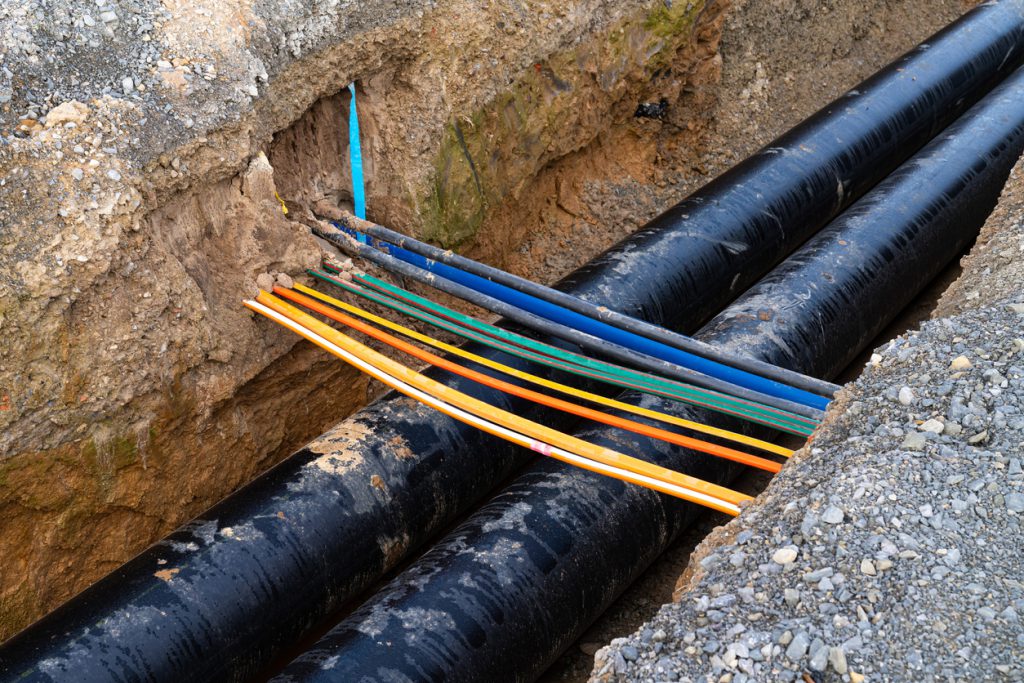Ageing 1950s infrastructure, pledges and power cuts

A faulty cable in Sliema installed in 1955, an ageing 1961 transformer in Zebbug and a power cabled laid in Naxxar in 1958, were among the causes for the widespread power cuts experience last summer.
The ageing infrastructure of Malta’s electricity distribution network means that unless there is a huge investment, the situation is likely to worsen each time there is an increase in energy demand. Though in the aftermath of the power cuts fiasco experienced in the latter part of July, government had pledged to double the expenditure for the network upgrade to €30 million, there has been criticism that this is too little too late.
The matter was recently raised in parliament by Opposition MP Mark Anthony Sammut who asked Energy Minister Miriam Dalli for the causes behind the widespread power cuts which occurred in the last two weeks of July. The disruptions which were blamed on a record demand triggered by a heatwave, had cost dear to thousands of households who had to endure the sweltering heat while throwing away food items from fridges and freezers. The situation also hit major supermarket chains which were forced to throw away their stock as they ended up without power for hours. At one point even Mater Dei Hospital was plunged into darkness during a 35-minute power cut as generators failed to kick in.
In her reply, the energy minister noted that 90% of the faults were cause by cable joints. It also transpires that in a span of 14-days between July 17 and 31 around 100 faults were reported. While some of the faults were attributed to cables installed in the 1950s and 1960s there were a significant number of incidences the date was listed as unknown meaning no explanation was forthcoming.
Apart from an ageing infrastructure, the issue was compounded by the sharp population increase experience in the last decade due to the influx of thousands of third country nationals. Despite repeated warnings from economists and policy makers, government forged ahead with this policy on the strength of robust economic growth. However, this short-term policy is starting to bite amid widespread indicators that Malta’s infrastructure is beginning to crumble with traffic congestion, long hospital waiting lists and soaring housing prices some of the other consequences.
In its pre-budget proposals UHM Voice of the Workers is calling for a study to determine the population projections for Malta in order to establish what kind of infrastructure is needed.
